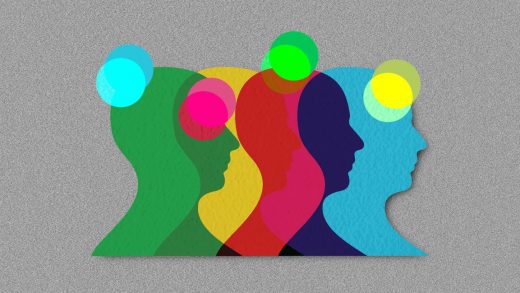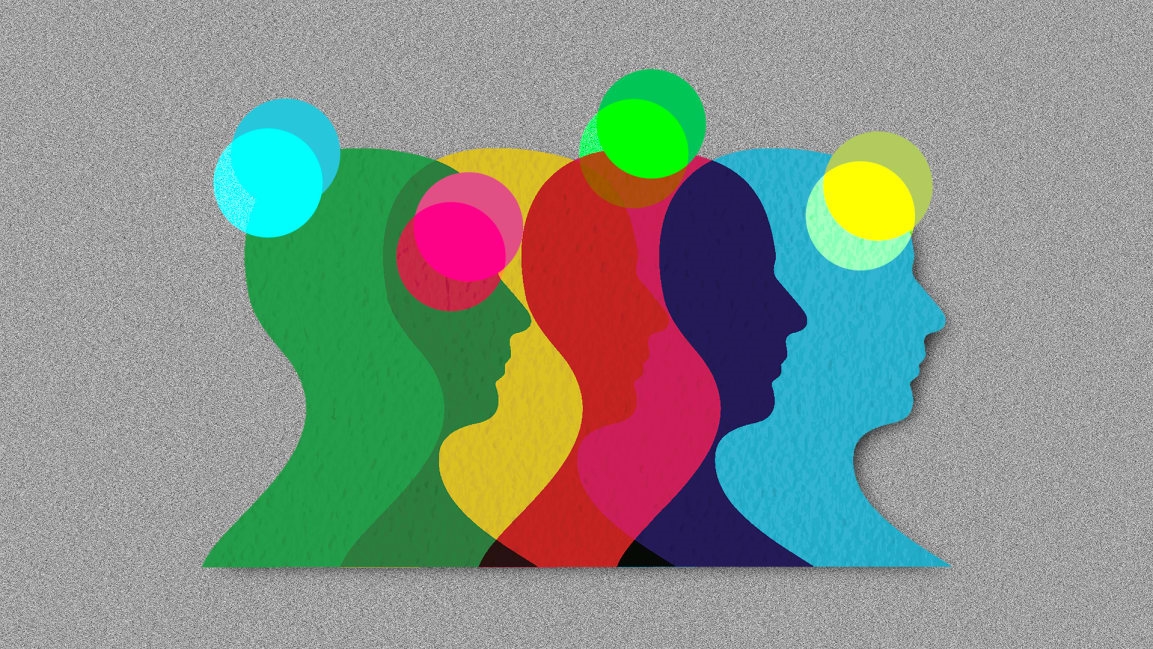This one creative exercise can bring diversity of thought to your work
Navigating the present-day world in an ethical manner is confusing. Views collide on social media and immediately repel each other into opposite corners of public debates. Societies around the world are changing rapidly and face tremendous new challenges. And emerging technology is advancing the edge of what’s possible daily, whether that’s automating work or sending people to Mars. It’s complicated to wield your design abilities in the pursuit of creative approaches to global and local needs, so this effort is critically important.
To act and design in an ethically responsible manner, you must put personal effort into understanding ethical tensions and conflicts. If you try to follow any predefined “safe” rules, you will soon find that they fall flat, especially as things change. Ethics is a process of learning, not of compliance. Making time to think about ethics throughout your life helps you interpret and update your behaviors and approaches over time as values, norms, and codes of conduct shift in your society.
Given that people have different points of view, most decisions or actions you take can be viewed as both moral and immoral at the same time. Design and ethics have this in common: There are no single right solutions—just choices that have positives and negatives.
Any kind of design is in some way an intrusive activity. You are always designing for somebody else, and whether that somebody else seems exactly like you or very different, you are extending your worldview and offering it to others through the things you create. Design is a use of power; recognize this, and think carefully about the effect you have on others when you wield it.
In addition to the what, consider also the who. Get in the habit of asking yourself, “what is it about me and my background that gives me the authority, power, and access to try to address this problem? Will my contributions be valued or seen automatically as better (or worse) because of who I am? How might that affect the creative work that results?”
The exercise
This assignment is a starting point for recognizing the complexities of ethical considerations in creative work. It’s about experiencing how ethical considerations are not necessarily clear cut and recognizing that not everyone has the same opinion.
You’ll need a small group of four to eight people—for example, your design team, your book club, or your family. Any group of people who want to thoughtfully examine their place in the world can benefit.
To prepare for the assignment, compile a set of short readings that embody different points of view. Op-eds are perfect starting points because they often argue about a broader meaning or reasons why an author thinks something is the right or wrong approach—not just about the mechanics of solving a certain problem. There are so many online publications these days that you won’t have trouble sourcing material.
Collect a number of articles that explore different ethical issues that relate to your topic, then narrow it down to a set of four. (You can use this approach on just about any subject: from whether your town should create more bike lanes to whether your state should have voter ID laws or how companies should deal with sexual harassment.) In advance, you and the rest of the group will read all four articles.
When you meet with your group, bring a mindset of flexibility and curiosity. You are going to stage four 10-minute minidebates, one for each article you’ve read. Each will be followed by another five or 10 minutes of unstructured discussion. Choose two people to run the debate for each round. They are the debaters for that round, but everyone in your group can respond. Flip a coin for each pair to see who will argue for or against the point of view expressed in each piece. Then draw the articles out of a pile in random order, so that everyone has an equally fair shot to grapple with material that they naturally agree or disagree with.
There is no way to “win” these debates: Your aim is to thoroughly discuss and hash out differing ethical perspectives. However, at the end of each round and open discussion, every group member should privately vote on which position they prefer. Don’t share until the very end.
After you’ve gone four rounds, tabulate all the votes.
With your group, discuss what you think about the results of the voting. Does your group largely agree or disagree about the issue? What are the implications of alignment or dissent? Did this conversation bring up any ideas for new norms or practices people in your group want to establish?
This assignment originated in a class in which students at the d.school work on design projects in international contexts alongside a partner organization based in each location. Many of the ethical questions that arise involve, first, design work that spans cultures, borders, levels of education, and degrees of affluence and, second, the resulting considerations of who has agency and who is most likely to benefit or be injured because of the work. The ethical issues that make sense to discuss in that context may be similar to or different from yours, but you can draw inspiration from the underlying structure of the assignment and then adapt it to suit your group’s needs.
There’s a common block that people have about discussing ethics or morals with coworkers or friends. You might feel scared to find out that you’re doing something others perceive as wrong, or that you don’t all agree on what that means. But these conversations tend to be a real release valve; most likely someone in your group is already worried or wondering about some of these issues, and getting them out in the open can depressurize the topics. It can have the effect of deepening your group’s commitment to their work by seriously considering how much their work affects others. No one is equipped with the “right” answers on many topics. Only by creating a process and a practice for yourself to actively engage different points of view can you find your way to the set of behaviors that accord best with your values.
The results
Stuart Coulson, who created and teaches this assignment, shares the following: “With 40 students in each class, we’ve never had a 30-to-10 vote during this assignment. It’s always split closer to fifty-fifty. It’s a surprise to the students that there are people in the same class, within the same educational context, who see things so differently. They are all gray areas, judgment calls, and practical calls. My students see that what they think is right is not exactly what everyone else thinks is right.
We have them vote on each article, because outside of school, there’s no safety net. You will be in situations large and small in which you have to take a stance, whether that’s to confront a practice you think is unethical or to keep modifying and adjusting your own behavior as both you and your context changes. We’re trying to help people bridge from ethics in the abstract to ethics as a practice.”
Excerpted with permission from Creative Acts for Curious People: How to Think, Create, and Lead in Unconventional Ways by Sarah Stein Greenberg and the Stanford d.school, featuring the work of Stuart Coulson, copyright © 2021. Published by Ten Speed Press, an imprint of Penguin Random House.
Sarah Stein Greenberg is the executive director of the Stanford d.school. She leads a community of designers, faculty, and other innovative thinkers who help people unlock their creative abilities and apply them to the world.
(41)



